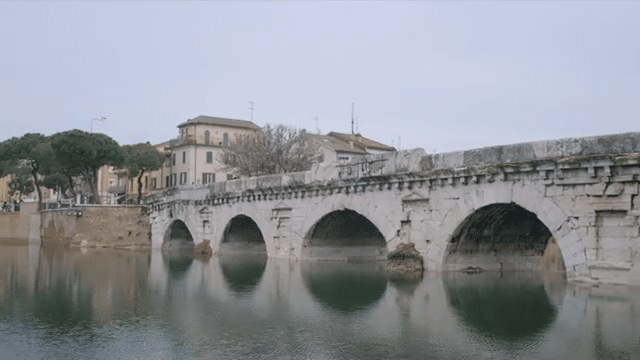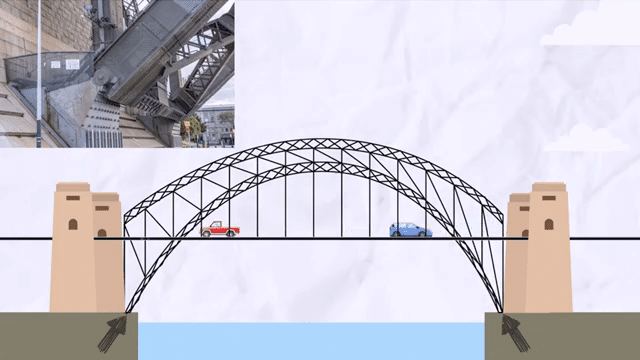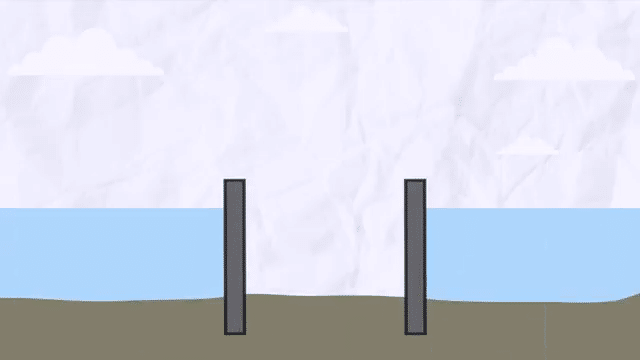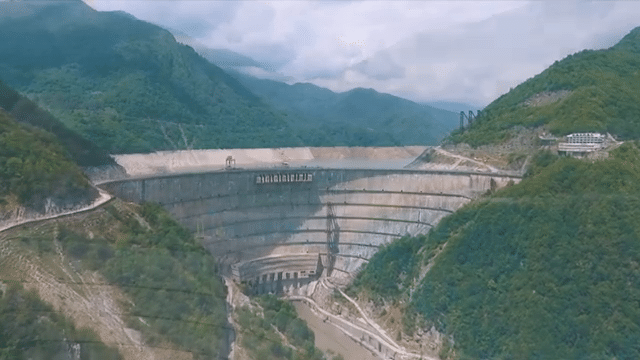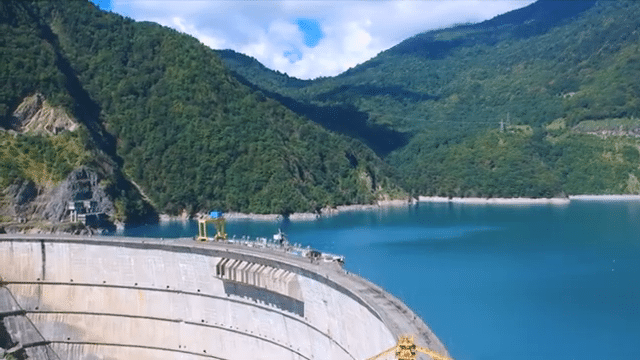Exploring the Durability and Influence of Roman Arch Structures Through the Ages
Home » Engineering »
The Legacy of Roman Arch Structures
The Roman Empire is renowned for its architectural and engineering feats, and one of the most significant contributions to structural engineering is the development of arch structures. The Romans were not the first to use arches, but they refined the technique, creating durable and stable structures that have withstood the test of time. The concept of arranging stones in a semicircle, or voussoirs, to span a space between two supports was revolutionary. This technique not only supported the weight of the structures themselves but also fostered the development of cities and facilitated the expansion of the empire.
Arches enabled the construction of vast road networks, bridging rivers and valleys, thus accelerating military and trade movements. These structures were often made from locally sourced materials such as stones and bricks, using cranes and other innovative techniques such as concrete, which was a Roman innovation at the time. The durability of Roman arches can be seen in many ancient structures that are still standing today, a testament to their robust design and construction methods.
Understanding the Structural Mechanics of Roman Arches
Roman arches are celebrated not only for their aesthetic qualities but also for their structural efficiency. The arches work on the principle of compression—stones in the arch press against one another, distributing the load evenly across the arch and onto the supporting columns. This design effectively handles the forces acting on the arch, particularly the weight directly above it.
The stability of these arches comes from their curved shape, which ensures that each stone pushes against its neighbor, creating a self-supporting structure. The critical role of the keystone, the central wedge-shaped stone, is to lock all the stones into place, preventing the arch from collapsing under weight. This ingenuity lies not just in using tension and compression but also in understanding how forces act through the structure, a principle that is crucial in modern civil engineering.
The Evolution and Influence of Roman Engineering Techniques
Roman construction techniques were not only advanced in terms of materials and structural design but also in their execution. For instance, the use of temporary wooden supports and cofferdams enabled the construction of foundations in water, a technique still used in modern bridge building. Their methods for lifting heavy stones with cranes, and using falsework to support arches during construction, are directly echoed in today’s construction practices.
Moreover, the Romans’ use of concrete was revolutionary. Their formula included a mix of lime, volcanic ash, and other materials, which has been found to have exceptional durability, even in marine environments. This ancient concrete has been studied extensively and continues to inspire modern scientists and engineers looking to replicate its longevity and strength.
Modern Applications of Roman Arch Principles
Today, the principles of Roman arch design are applied in numerous modern structures. Domes and vaults, which are essentially arches extended into three dimensions, are common in monumental architecture. Arch bridges, both historical and contemporary, utilize the same principles of force distribution and load bearing that were used by Roman engineers.
While materials and methods have evolved, the underlying principles of arch construction remain relevant. Modern arches might use steel or reinforced concrete, allowing for much larger and more complex structures than those built by Romans. However, the elegance and simplicity of Roman arch design continue to inspire architects and engineers around the world.
In conclusion, Roman arches represent a critical point in the development of architectural and engineering techniques. Their ability to span large spaces efficiently and attractively has been carried through centuries and continues to influence modern construction. The Roman emphasis on durability, functionality, and aesthetic appeal is a lasting legacy in the built environment, reflecting a deep understanding of materials and forces that remains relevant in today’s engineering challenges.



